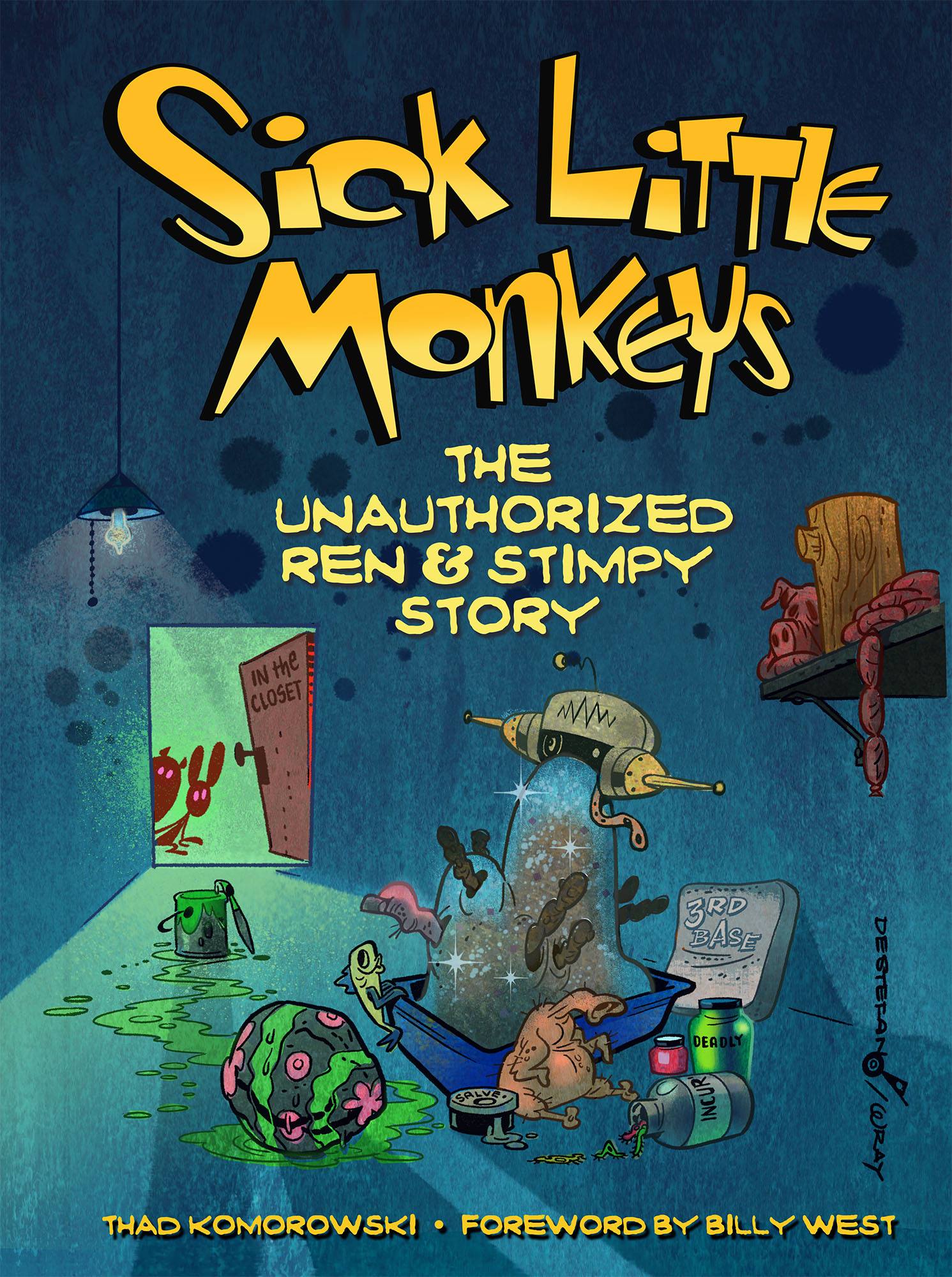In trying to get a buzz going about him again, I’ll be posting my favorite of all the Mickey Mouse serials by Floyd Gottfredson, Mickey Mouse Joins the Foreign Legion.
By and large, handsome and charming drawing/movement was about all the animated Mickey Mouse had in its favor. Animation by masters Fred Moore, Bill Tytla, Les Clark, and Ken Muse of the character will always remain useful in analyzing bygone principles of the art form. But the character itself never had much in the way of personality. The early black-and-white shorts borrow from Otto Messmer’s mischievous Felix, with none of the imagination; the color Mickey regressed into a framing device for funnier and more interesting characters. This is why the mouse is, really, a bit of a failure as a star of animated comedy shorts. Mickey Mouse just isn’t funny.
This is the problem Floyd Gottfredson had to get around when handling Mickey on a day-to-day basis: how to make this rodent interesting. The decision to make the strip a serio-comedy strip like Segar’s Popeye was one that allowed this major retooling of the character to happen. Gottfredson used the charm of the character as basic groundwork, mixing in senses of bravery, loyalty, and resourcefulness that the animated mouse never had. Whereas the movie mouse had fake charisma that audiences to this day still eat up, the printed mouse’s was genuine.
Walt Disney himself helped Gottfredson put these seeds in place in the important 1930 Death Valley story (along with introducing lawyer character Sylvester Shyster the Crooked Jew, a creation of Walt’s own hand), but the strip would degenerate into gag stories soon enough. 1932 was the year Gottfredson came into his own with the epic MM Sails for Treasure Island and Blaggard Castle, combining a righteous helping each of drama, pathos, and humor to make the Mickey Mouse daily strip a milestone in comic history.
At the time of this strip, 1936, Gottfredson was at his zenith as a storyteller and artist, and had not only developed Mickey into a formidable hybrid of Andy Hardy and Errol Flynn, but also accomplished the unthinkable: he made Minnie interesting too. No longer was she just a framing device, but a strong woman who stands by her man and can take the dangers that come with it (unlike the overbearing bitch Daisy Duck was in Carl Barks’s world). Unfortunately, Foreign Legion is not the best example of this, though I would recommend seeking out 1934’s Captive Castaways, or 1938’s Monarch of Medioka, both of which showcase the rarity of feminine funny animal ingenuity.
Here is the first installment of the story, as it appeared in newspapers from March 23rd to April 25th, 1936. Inking by Ted Thwaites, and scripting by Ted Osborne.


Fascinating… I’m growing more and more interested in reading these older Mickey strips as time goes on – this is really opening me up to a side of the character I didn’t know was there. Thanks for posting this! ^_^
I prefer Gottfredson over Barks, any day. Not that Barks is bad, but gottfredson’s better.
I have to say “no comment” in response to that. Barks and Gottfredson are such geniuses in my mind that it seems impossible to rank them. I will say though that Gottfredson was better with making his incidental characters look more interesting. And drawing hot women. (Barks’s Madame X does not make my dick click.)
yeah, agreed- both geniuses. I just like one better.
of course, I prefer Bach over Mozart too, so what do I know? ;-)
I’ll never understand why the Disney comics were so much better then the theatrical shorts. The shorts were all fluff as well as the films. In the comics, the artists were allowed to flesh out character’s personalities and put them in life threatening situations as illustrated in these comic strips.
Good to see you posting the strips in newspaper format, where each day and week
has a shape to it, and every sixth or Saturday ends on a cliff-hanger.
So how about posting it a week at a time so that we readers can
savor that suspense to the full for a few days!
Regards………Johnsw.
Al Taliaferro comes in there close to Gottfredson, in my book.
His Silly Symphonies newspaper comics work, from the mid to late 30’s, is something!
I won’t weigh in on story… I can’t say I read them, I more likely follow them visually.
I’ve always wondered why *this* Mickey isn’t the one on the screen. Would it have been too cost-prohibitive to animate in this visually-interesting style? Could they not have put together a cohesive narrative for the portions “between the panels” so to speak? Or maybe Disney preferred him on the screen to be a happy-go-lucky type.
If kids were willing to sit through Gene Autry and Flash Gordon adventure serials, they’d certainly be willing to sit through a Mickey adventure cartoon.
These are a real treat, Thad. Thanks for scanning them.
Didn’t I read somewhere about a 30s Mickey serial which is about him trying to kill himself in various unsuccessful ways? No, I’m not thinking about the “Ten Little Mickey Kids” story…
yes, that was in a story called “Mr. Slicker and the Egg Robbers, which can be found online if you look for it in the right place.
Awesome strips. I like Floyd’s drawing style. Good stories.